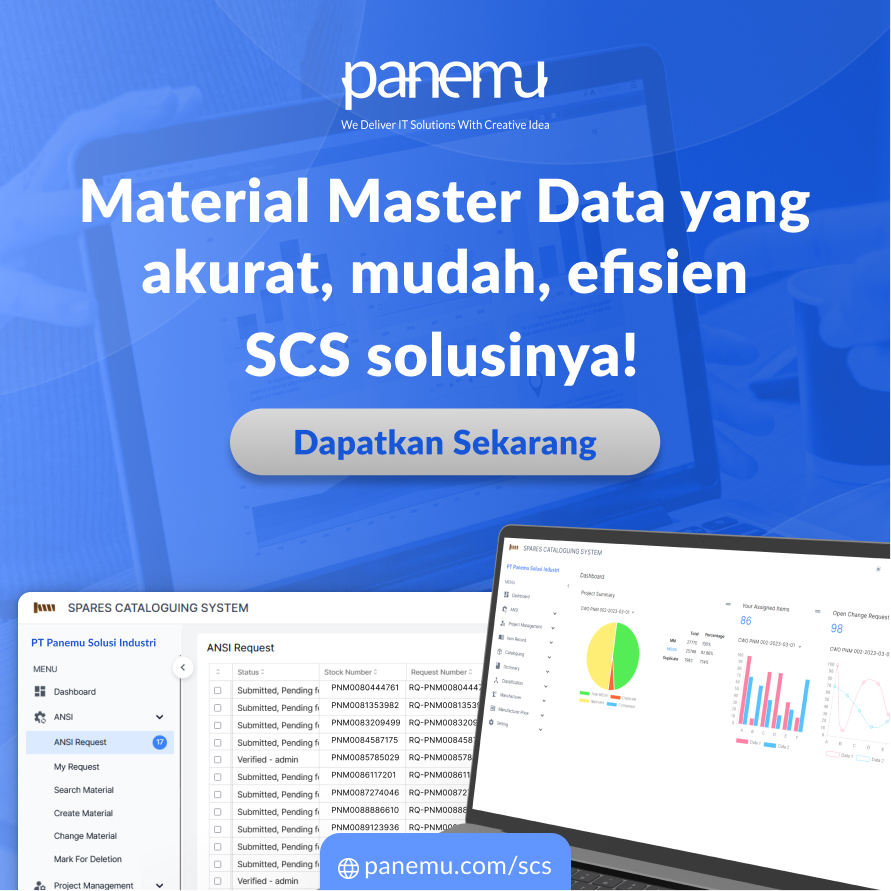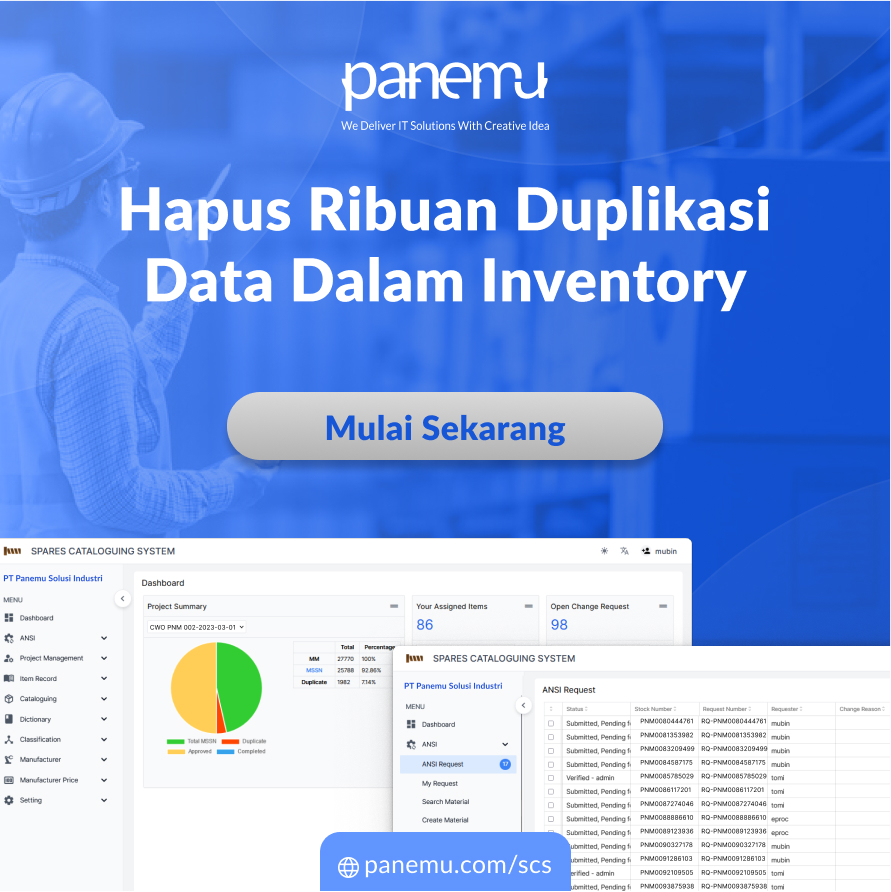Close your eyes for a moment and think about how many different ways someone can write a bolt size. M12 x 1.75. M-12x1.75. 12mm x 1.75. Or just… “Bolt, Standard.” Multiply that inconsistency across thousands—sometimes millions—of records, and you have the perfect recipe for inefficiency, redundancy, and cost.
Enter Data Standardization—the unsung hero of operational excellence. In the chaos of legacy systems, free-form inputs, and siloed departments, data Standardization becomes the bridge. It ensures that every system, every department, every plant speaks the same structured language. When everyone calls things by the same name and defines them the same way, everything from procurement to predictive maintenance becomes exponentially more powerful.
This article explores the why, the how, and the real-world transformation made possible when organisations get serious about standardising their data.
What Is Data Standardization Really About?
At its core, Data Standardization is the process of ensuring that information is recorded in a consistent, logical, and universally understandable format. It’s not just about “cleaning data”—it’s about creating shared understanding.
Key goals include:
- Consistent naming conventions
- Uniform attribute structures (e.g., unit of measure, technical specs)
- Logical categorisation
- Harmonised codes (e.g., UNSPSC, NATO, ISO)
In short: Standardization means your bolt in System A is the same bolt in System B—and you can find it, buy it, track it, and maintain it without confusion.
Why Standardised Data Powers Industrial Agility
When your data speaks the same language, everything becomes easier. Here's how Standardization unlocks agility:
- Faster Procurement Cycles
No more wasted time trying to interpret vague part descriptions. Search. Compare. Purchase. Done. - Improved Inventory Accuracy
Redundant items disappear. Obsolete stock becomes visible. Stock levels are aligned with actual demand. - Cross-System Integration
From CMMS to ERP to EAM—standardised data allows seamless communication between platforms. - Data-Driven Reliability Engineering
Maintenance teams can analyse failure trends more accurately because assets and parts are clearly defined. - Enhanced Compliance & Reporting
Safety, environmental, and audit reporting becomes easier with standardised, traceable item attributes.
Functional Use Cases of Data Standardization
Let’s explore where this plays out in the real world:
- Multinational Equipment Database
Standardising descriptions of critical spares across continents makes it possible to share stock, reduce downtime, and reduce duplication. - Unified Maintenance Logs
With uniform naming of equipment and failures, maintenance logs become a source of actionable insights—not confusion. - e-Catalogue Implementation
Suppliers upload their data to a standard template. This reduces onboarding time and procurement errors. - Digital Twin Development
Accurate digital replicas need clean, standardised data to function meaningfully in simulations and predictive models. - AI in Spare Parts Optimisation
Machine learning relies on structured inputs. Standardised records improve algorithmic accuracy and output reliability.
Principles That Make Standardization Work
Standardization isn’t a software feature. It’s a methodology. Here’s what makes it effective:
- Clear Taxonomy Structures
Define a classification system that makes sense to your industry—and stick to it. - Naming Convention Playbooks
Whether it’s materials, assets, or suppliers, create a structured naming protocol that supports easy search and scalability. - Attribute Models and Templates
Standardise what data fields each item must have—unit, dimension, material, etc.—so nothing is missed. - Validation Mechanisms
Prevent entry of incorrect or inconsistent data through forms, workflows, and automation. - Change Control and Versioning
Track updates and changes to item records, and manage approvals so that changes don’t disrupt integrity.
Challenges to Anticipate (and How to Beat Them)
Standardization is transformative, but not without resistance. These are common roadblocks—and strategies to address them:
- Data Ownership Silos
Involve all stakeholders early. Standardization affects everyone. - Legacy System Limitations
Use middleware or ETL tools to map and transform data across systems. - Lack of Governance Culture
Build data stewardship roles and create accountability through training and policy. - Inconsistent Adoption
Use champions, internal audits, and KPIs to keep the Standardization process on track.
Why Now Is the Time to Standardise
The industrial world is shifting toward digital-first ecosystems. AI, automation, IoT—none of these technologies function optimally without a solid data foundation. Standardization is the linchpin. It’s the difference between fragmented chaos and connected intelligence.
Data Standardization doesn’t just reduce errors—it unlocks opportunity. It saves time. It empowers decisions. It connects dots. And it makes every investment in digital tools, from analytics to robotics, far more valuable.
At Panemu, we’ve seen firsthand how transformative this journey can be. Our Cataloguing Service helps organisations begin the journey with expert-led data classification, cleansing, and harmonisation.
Looking for something more scalable? Our Spares Cataloguing System (SCS) offers an intelligent platform to manage, validate, and control your standardised data in real time.
Because in the industrial age of intelligence, speaking one clear, consistent data language isn't a luxury—it's a strategic edge.

